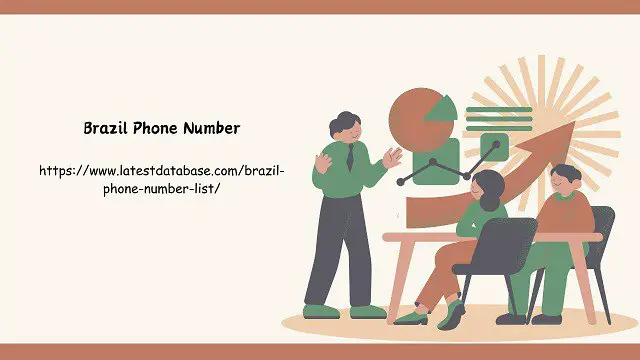Post by jferdousy427 on Feb 20, 2024 5:09:41 GMT 1
A high-converting, user-friendly website doesn’t need to be uber minimal, though; branding is essential to a landing page’s performance. This includes putting users at ease, communicating to target audiences, and building a bridge between a brand’s offline and online personality. All the same, branding should never take center stage and crowd out the 3W’s. How can you make sure that your brand identity isn’t distracting from your value proposition and call to action? By implementing sound data on the science of attention into your workflow, that’s how.
Recent research at MIT suggests that a cluttered environment not only Brazil Phone Number wreaks havoc on a landing page’s navigability but also on the user’s ability to recognize the 3W’s. According to the research, “Excess and/or disorganized display items can cause crowding, masking, decreased object recognition performance due to occlusion, and impaired visual search performance”. Unsurprisingly, the study found that too much ‘variability’ in color, size, and texture creates a particularly cluttered environment: Constantly fluctuating colors and sizes create an atmosphere of unpredictability, confusing.

Researchers at Caltech (and EyeQuant scientific board members) came to a similar conclusion with a study about brand awareness and consumer choices: In situations where a consumer is multi-tasking or under time constraints, researchers found that consumers are more likely to choose a brand that visually ‘pops out’ over one they would otherwise choose in terms of personal preference. Essentially, what you see is what you buy. To better illustrate what this research suggests, let’s take a look at a few creative agency landing pages, with EyeQuant heat maps that illustrate .
Recent research at MIT suggests that a cluttered environment not only Brazil Phone Number wreaks havoc on a landing page’s navigability but also on the user’s ability to recognize the 3W’s. According to the research, “Excess and/or disorganized display items can cause crowding, masking, decreased object recognition performance due to occlusion, and impaired visual search performance”. Unsurprisingly, the study found that too much ‘variability’ in color, size, and texture creates a particularly cluttered environment: Constantly fluctuating colors and sizes create an atmosphere of unpredictability, confusing.

Researchers at Caltech (and EyeQuant scientific board members) came to a similar conclusion with a study about brand awareness and consumer choices: In situations where a consumer is multi-tasking or under time constraints, researchers found that consumers are more likely to choose a brand that visually ‘pops out’ over one they would otherwise choose in terms of personal preference. Essentially, what you see is what you buy. To better illustrate what this research suggests, let’s take a look at a few creative agency landing pages, with EyeQuant heat maps that illustrate .
